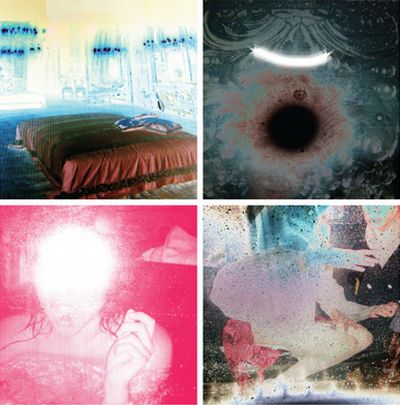
Garrett remarks that they “struck lucky” by starting their careers at the right time: punk was a catalyst and a game-changer. “We didn’t imagine that it would necessarily work out or we would amount to much,” says Saville. “It was a term we had never heard of,” adds Garrett.

“The album sleeve that you carried into school said so much about you without you having to say a word” - Malcolm Garrett MBE He recognised our passion and vocation for visual art and said, ‘Have you boys considered graphic design?’” He was a hip, young art teacher and he was very open-minded to the kinds of work that we could do. “We were all under his tutelage since we were 13 or 14 years old. “If it wasn’t for a man called Peter David Hancock, this would not have happened,” says Saville. Garrett is somewhere in the middle.Īt school, an unassuming mentor had the most profound effect on these three young lads from the north-west of England. He is softly spoken and measured in his delivery, while Saville is expressive and flamboyant. Breeden, meanwhile, is calling in from the wilds of Llanfihangel in central, rural Wales. Garrett is sharing Saville’s video link from the former’s home/office in Clerkenwell, London. Today’s video interview is the first time they have spoken together since the mid-80s.
-Front.jpg)
What is almost as extraordinary as their legacy is that they all studied A-level art together at St Ambrose College in Altrincham, south-west of Manchester, from 1973-1974.

From Duran Duran’s Rio to New Order’s Power, Corruption & Lies, some of the most memorable album and single covers resulted from their creative vision. They are a trio I like to call the ‘Holy Trinity’ of artwork and graphic design in the music world.įrom the rise of punk until the mid-80s and 90s, individually these three men masterminded the record sleeve artwork and band merchandise for around 100 artists. This has been a wonder to us for 40 years,” says Peter Saville as he reflects on what he and fellow record sleeve designers Keith Breeden and Malcolm Garrett have achieved in the British music industry.

The band's groundbreaking music videos would do the rest, securing them a unique standing as forerunners of the first MTV generation and cementing their status as one of the decade's most successful pop music icons.‘You wouldn’t in your wildest dreams have expected to be a singular success at anything just to hopefully get by. Side two was a far more experimental and revealing affair, with primary songwriter Nick Rhodes leading the band through atmospheric mood-pieces like "Night Boat," "Sound of Thunder," and the instrumental "Tel Aviv," all of which are particularly reminiscent of mid-era Roxy Music (clearly one of Duran's biggest influences). and America, and other fine pop gems such as "Anyone Out There" and "Careless Memories" rounded out the album's stellar first side. Ultra-smart singles like "Girls on Film" and "Planet Earth" became instant smash hits both in the U.K. Duran Duran's eponymous debut artfully coalesced the sonic and stylistic elements of the burgeoning new romantic movement they were soon to spearhead: pumping synths, glossy production, and seemingly impossible haircuts.


 0 kommentar(er)
0 kommentar(er)
